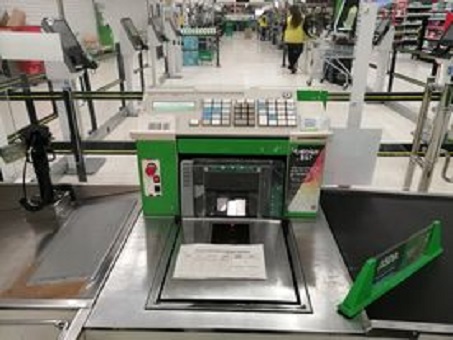Food waste

One third of the world’s food is thrown away!
At a time when 11% of the world’s population is facing malnutrition or hunger, food that is thrown away could feed 3bn people.
25% of the worlds fresh water is used to produce food that isn’t eaten. There are massive costs, not only to the supply of fresh water, but of the huge amount of land used to produce it, and in the loss of biodiversity as the amount of land used to produce it increases. About 3.3 bn tonnes of CO2 are released into the atmosphere each year producing food that is wasted
Why is so much food wasted?
Some food is lost at every stage of production, transportation, processing, retailing and in the home.
Bad weather, poor processing, deliberate overproduction and market instability are factors.
Some farmers, needing to meet contracts with supermarkets, overproduce to build in a margin of error. Some food is wasted because it doesn’t meet supermarket requirements in terms of size or appearance (the so called wonky veg which a few supermarkets are now marketing).
Food hygene regulations in the UK are strictly enforced so any products that are not sold by their use by or best before dates are removed from the store and wasted. There are also regulations covering the length of time that chilled and frozen foods are away from a temperature controlled environment, for example while they are being put out on the shelves. Trading Standards are regular visitors to supermarkets to ensure that rules are adhered to.
Supermarkets don’t like wasting food, which affects their profits. But despite computer generated projections, constantly amended by checkout data, inevitably sales sometimes fall below projected levels. So food that is close to use by or best before dates is heavily discounted and wasted if not sold.
Customers often change their minds. Some will leave chilled or frozen goods with cashiers, who will call for someone to return it to the shelves. But many customers will leave it at random places in the store or hide it, out of embarrassment I imagine. It is likely that it isn’t found until it’s unfit to be returned to the shelves.
Other reasons include when a label or sleeve is separated from the product – it is against the law to sell packaged food without a sell by or use by date – or when part of a pack is waste, for example if one egg is broken the whole box or eggs will be wasted.
However, the retail sector only represents 3% of food waste in the UK.
Food waste in the home
Food waste in the home accounts for 70% of UK food waste.
Some food waste in the home is because of personal preference, such as uneaten potato skins and bread crusts. The most wasted foods are potatoes, bread, milk and fizzy drinks.
Offcuts and leftovers are the biggest contributor to food waste. A higher proportion of chilled food is thrown away than tinned or frozen, often because of overbuying. Frozen vegitables are processed very quickly after being harvested and their quality is no worse than chilled or ambient products.
What can be done to reduce food waste?
The best solution would be if people didn’t buy too much in the first place.
Uneaten food can also sometimes be turned in jam or sauces, and leftovers can be reused.
It can be composted. It can also be used for animal feed.
As we look towards alternatives to fossil fuels, food waste is now being used to produce alternative fuels.


